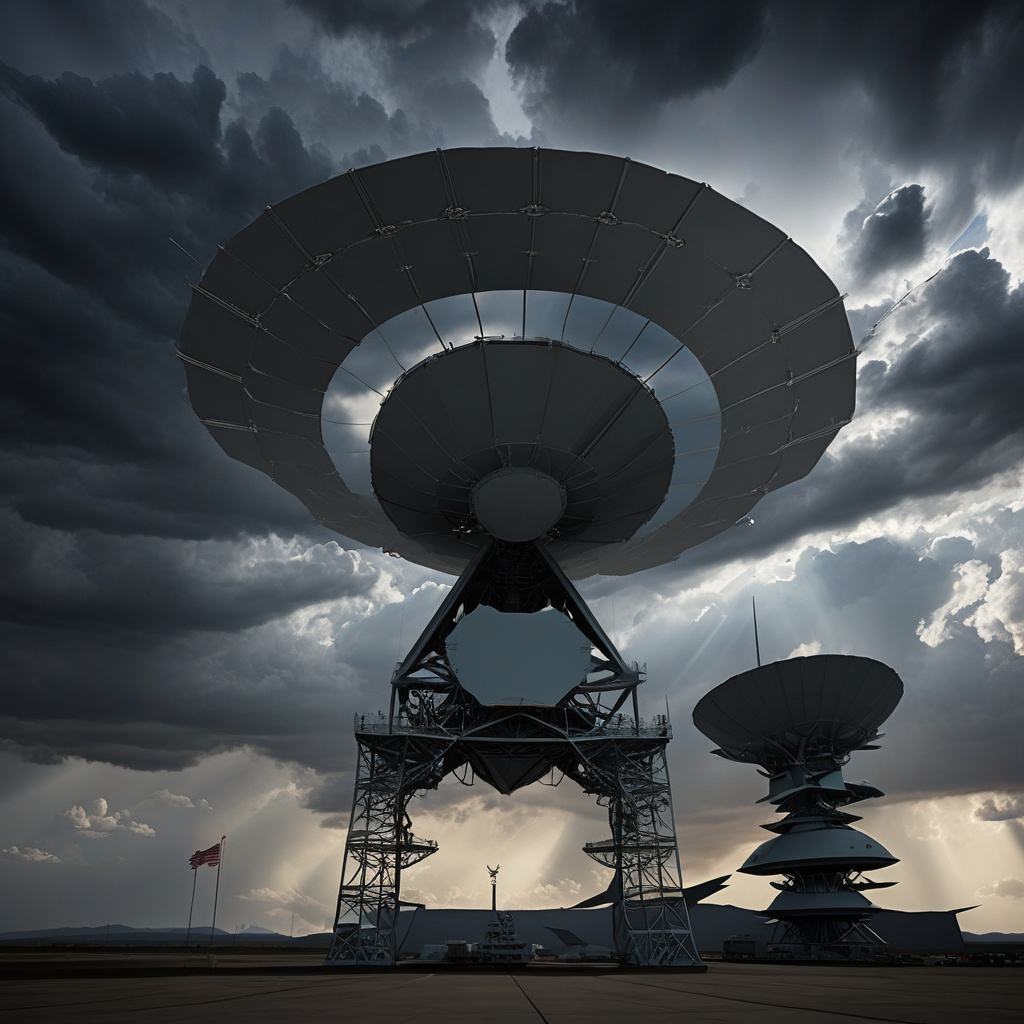China Claims New Space Radar Can Detect US Stealth Jets Even Through Clouds
China’s latest research claims that the age of undetectable stealth aircraft might soon be over. With the development of a groundbreaking new space radar system, Chinese scientists assert that they can now detect US stealth jets even when they are concealed by clouds. This technological advancement marks a significant milestone in the realm of defense and military capabilities, potentially reshaping the dynamics of aerial combat and national security strategies.
The traditional advantage of stealth aircraft lies in their ability to evade radar detection, allowing them to operate discreetly and carry out missions with reduced risk of being tracked or targeted by enemy forces. However, China’s purported breakthrough in radar technology poses a formidable challenge to this long-standing advantage, raising concerns among defense experts and military officials in the United States.
The new space radar system, developed by researchers at the Chinese Academy of Sciences, reportedly leverages advanced signal processing algorithms and cutting-edge hardware components to overcome the limitations of conventional radar systems. By utilizing a network of satellites in low Earth orbit, the radar can effectively penetrate cloud cover and detect stealth aircraft with unprecedented accuracy and efficiency.
In a recent demonstration of the technology, Chinese scientists claimed that the space radar successfully detected and tracked a US B-2 stealth bomber flying over the South China Sea, despite the aircraft’s efforts to conceal its presence through electronic countermeasures. This achievement has sparked intense speculation and debate within defense circles about the implications of China’s technological prowess for future military engagements and strategic deterrence.
The implications of China’s new space radar system extend beyond the realm of defense and national security. The technology’s ability to penetrate cloud cover and detect stealth aircraft has significant implications for civilian applications, such as weather monitoring, disaster response, and environmental surveillance. By enhancing our ability to observe and understand the atmosphere, this radar system could contribute to advancements in meteorology, climate science, and space exploration.
As China continues to invest heavily in research and development across a wide range of technological domains, the emergence of the space radar system underscores the country’s growing capabilities in the field of aerospace and defense innovation. By pushing the boundaries of what is technologically possible, Chinese scientists and engineers are positioning themselves at the forefront of global competition in critical areas such as space-based reconnaissance, satellite communications, and remote sensing.
In response to China’s advancements in radar technology, the United States and other leading military powers are likely to intensify their efforts to maintain their technological edge and develop countermeasures to mitigate the effectiveness of the space radar system. This ongoing technological race underscores the importance of continued investment in research and development, as well as the need for international cooperation and dialogue to address emerging security challenges in the rapidly evolving landscape of modern warfare.
In conclusion, China’s claim of developing a space radar system capable of detecting US stealth jets even through clouds represents a significant technological achievement with far-reaching implications for defense, security, and scientific research. As the global strategic landscape continues to evolve, the development and deployment of advanced radar systems such as this one are likely to play a crucial role in shaping the future of military capabilities and international relations.
China, Space Radar, Stealth Jets, Military Technology, Defense Innovation












